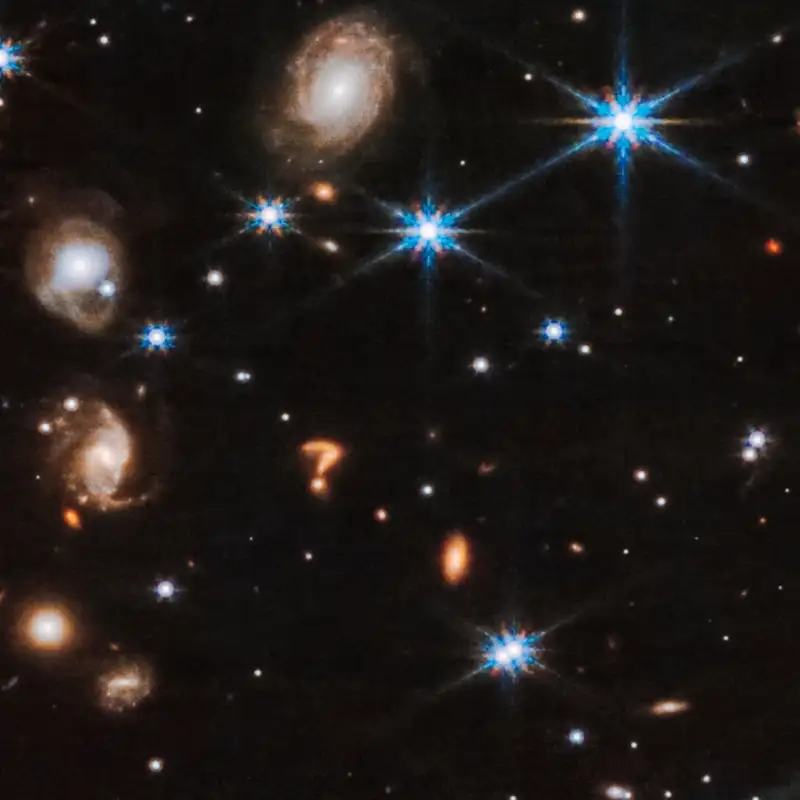Episode 43 - Will JWST Find Life in Space?
STScI Education and Outreach Scientist Dr. Chris Britt discusses time traveling to the origins of the universe with The James Webb Space Telescope.
In this episode, Chris tells us about processing JWST's data into breathtaking images, groundbreaking discoveries, how stars are formed, black holes, and the telescope's future. This one is going to be cool!
This episode will follow up on our previous conversation about building the JWST, so if you missed that, check out episode 14!
Key Takeaways:
- Chris was first inspired to go into aerospace after seeing photos from the Hubble Space Telescope. Now, years later, he is a part of the team operating the Hubble!
- The Space Telescope Science Institute helps operate the Hubble, James Webb, and eventually the Nancy Grace Roman Space Telescope.
- STScI uses colors and filters in order to identify specific parts of JWST's photos like elements, matter, heat, and more.
- JWST will be able to see back 13.5 billion years, possibly unlocking the secrets of the universe's origins.
- Webb is researching our galaxy and planets as well as black holes, exoplanets, stars, etc.
- JWST will not be able to confirm if there is life on other planets, but it will tell us if a planet has the materials to support life.
- Webb will continue to work with the Hubble and someday the Roman Space Telescope, photographing the universe for years to come.
Resources:

